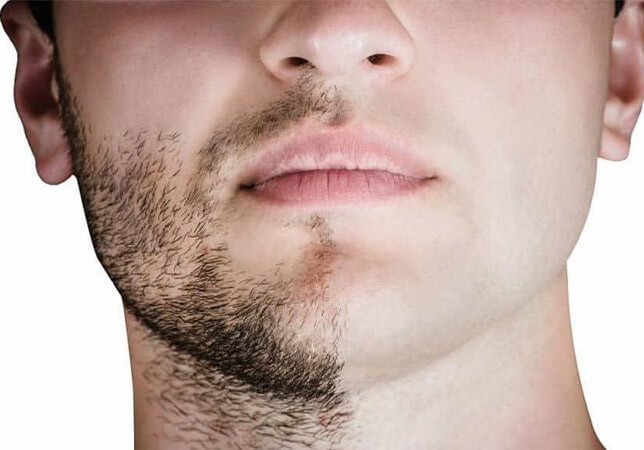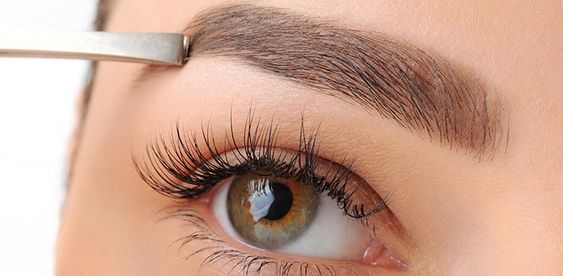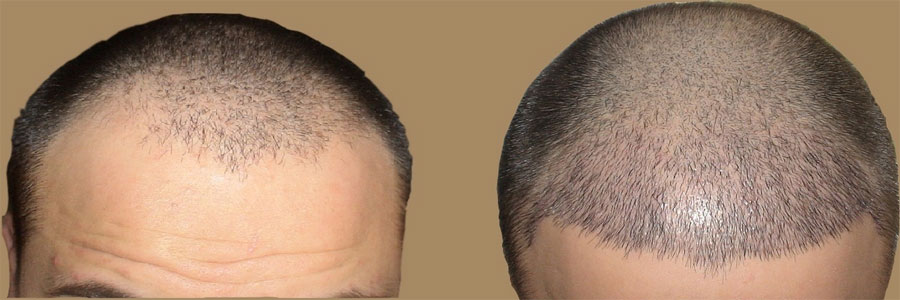In FIT hair transplant, which is one of the best methods of natural hair transplant, a small round punch is used to extract hair follicular units from an area with dense hair growth to a hairless area. Each unit called a hair graft contains one to four hairs. Although the abbreviation “FIT” is commonly known for Follicular Unit Extraction, guidelines issued in March 2018 from the International Society of Hair Restoration Surgery (ISHRS) recommended that the procedure be renamed “Follicular Unit Excision”.

Currently, this method has been completed by Micro FIT hair transplant and its new generation is SUT hair transplant.
Steps of hair transplant by FIT method
FIT is a minimally invasive hair transplant procedure that has a very short recovery period and excellent results. All hair transplant applicants are tested and examined separately in medical consultation sessions. The proposed treatment method (drug or surgery) is determined based on the amount of hair loss. The stages of hair transplantation using the FIT method are summarized as follows:
* Patient referral to medical centers
* Photography
* Designing donor and recipient areas
Extraction of follicular units from donor areas
* Preparation of follicular units
* Maintenance of follicular units
*rest
* Implantation of follicular units
* The period after hair transplantation and following the recommendations after transplantation
1- Referral of the patient to the treatment center
At first, the dear applicant for hair transplant or beard and mustache transplant is greeted with a warm welcome by the clinic staff, then the relevant consultant doctor talks to the patient and explains the procedure. He provides the job details to the applicant and clears his doubts. It is necessary to have a proper breakfast in the morning and it is forbidden to consume coffee and fatty foods, although you can drink caffeine-free drinks.
2- Photographing
Photographs of specified parts of the head are taken in order to record in the patient’s file and analyze the obtained results. A set of photos including all treatment steps will be provided to each patient. These photos are taken by the staff of the treatment center with a professional camera.
3- Designing the hair growth line in the donor and recipient areas
The design of the hair growth line is done by agreement with the patient and by observing the conventional limits of the relevant parameters. The doctor shows the donor and recipient areas; In the sense that a preliminary design is drawn with special markers and the area of the donor and recipient areas is defined. The recipient area is determined by keeping the hair on it, but part or all of the donor area may be shaved.
4- Extraction of follicular units from the donor area
When the donor area (back or side of the head) is determined, local anesthesia is applied and there is no need to do this in the rest of the hair transplant stages. The entire procedure is performed under local anesthesia, which immediately numbs the scalp. For this reason, there is no need to wait until the pain reaches its minimum level.
The donor area or hair bank is the area that donates the hair needed to be transplanted to the bald area.
The area from which the hair is removed does not suffer from hereditary hair loss, so the transplanted hair will not be lost. The doctor and hair transplant surgeon determine the best area for hair removal in each person so that no injury is caused.
Then the follicles are placed in special containers at a low temperature according to the number of hairs they have. A counter next to the patient counts the number of follicular units to keep him informed about the surgical procedure.
Extraction is done with the help of millimeter surgical tools called “punches”. These tools have sharp edges and their cylinder size varies between 0.75 and 0.90 mm, which is determined according to the thickness of each patient’s hair. After separating the follicular units with a “special punch”, they are carefully removed from the scalp with the help of special surgical forceps.
The number of follicular units extracted in one session, depending on the density of the patient’s hair, is about 1500 to 2500 follicular units, which corresponds to about 4000 to 8000 hairs. This amount can be different depending on the density in the donor area.
At the end of the extraction, since the number of follicular units is known, by multiplying it by the number of hairs in each graft, the exact number of implanted hairs can be calculated.
5- Preparation of follicular units
After extraction, follicular units are placed in a suitable preservation solution to preserve follicular life. The surgical team begins to prepare the follicular units with the help of microscope glasses and LED lights (the use of LED lights is to maintain the right temperature). Proper preparation and maintenance of follicular units is the main factor of successful hair transplantation.
6- Maintenance of follicular units
Proper maintenance of follicular units is very important for the survival of hair follicles while they are outside the body. The follicular units must remain hydrated and at an ideal temperature in containers prepared at low temperatures until the time of follicle implantation.
7- Rest
On average, the process of hair transplantation takes 5 to 7 hours, which is divided into three parts: extraction, rest and implantation. When the extraction process is over, the patient has half an hour to rest and have a light meal.
8- Implantation of follicular units
At this stage, the removed follicular units are implanted in the recipient areas using local anesthesia.





